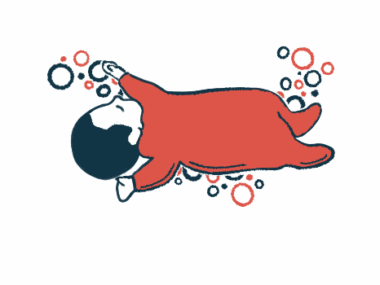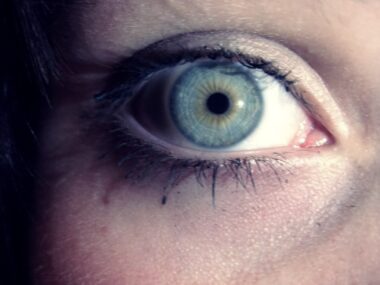New Jersey’s newborn screening ID’s babies with Gaucher disease
The state implemented mandatory screening in 2019
Written by |

New Jersey’s newborn screening (NBS) program for Gaucher disease has proven itself effective at identifying many newborns with the condition, allowing for early treatment in some cases, an assessment of the program shows.
Still, a high rate of false positives — babies who test positive on screening, but aren’t ultimately diagnosed — and parental refusal to pursue confirmatory testing continue to limit the program’s overall effectiveness, the study’s researchers said.
“The success of the screening in New Jersey highlights the benefits of newborn screening for Gaucher disease,” wrote the researchers, who said remaining challenges “need to be addressed to enhance the effectiveness of newborn screening for Gaucher disease.” The study, “Newborn Screening for Gaucher Disease: The New Jersey Experience,” was published in the International Journal of Neonatal Screening.
In Gaucher disease, mutations in the GBA1 gene lead to a deficiency in glucocerebrosidase (GCase), an enzyme that breaks down certain fatty molecules, including glucocerebroside (Gb1) and lyso-Gb1. Without sufficient GCase activity, the molecules build up to toxic levels inside cells, causing damage and disease symptoms.
Gaucher is primarily diagnosed by measuring levels of the GCase enzyme in the bloodstream, with values below 15% of normal indicating the disease.
Results of newborn screening
In the U.S., some states have launched NBS programs to help identify and treat the condition as early as possible. This involves collecting a drop of blood from a baby’s heel soon after birth to test for GCase activity. Because false positives are possible, further blood tests and a genetic analysis are still needed to confirm the diagnosis.
In 2019, New Jersey implemented mandated newborn screening for Gaucher disease at nine referral centers across the state. Here, researchers report on the state’s progress up to December 2023.
In total, 438,515 newborns underwent screening, resulting in 60 positive cases. Of those, 19 didn’t undergo confirmatory assessments, mostly due to parental refusal (63%), being lost to follow-up, or death. After additional testing, 23 cases were deemed false-positive and 18 were eventually diagnosed with Gaucher.
“A more nuanced approach to screening is needed to improve accuracy and reduce false positives while avoiding false negatives,” the researchers wrote.
Among those diagnosed, 14 had Gaucher type 1 and two had suspected type 1 based on low GCase activity and a GBA1 mutation of uncertain significance. Two were diagnosed with the more severe Gaucher type 2. After the initial diagnosis, regular follow-up assessments were recommended to look for signs and symptoms of Gaucher and identify patients who would benefit from treatment.
Three confirmed Gaucher patients eventually began standard enzyme replacement therapy (ERT) in the first few years of life, namely at 42, 29, and 28 months. The two patients with the more severe Gaucher type 2 also started off-label ERT at 1 and 13 months as a palliative measure.
In all the type 1 patients who received treatment, ERT was well tolerated and led to meaningful reductions in lyso-Gb1 levels, improvements in clinical symptoms, and stabilization or reversal of organ involvement.
“Newborn screening for Gaucher disease has the potential to significantly improve clinical outcomes for affected children by enabling early diagnosis. However, comprehensive guidelines for monitoring during the presymptomatic period are still needed,” the researchers wrote.




